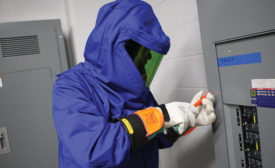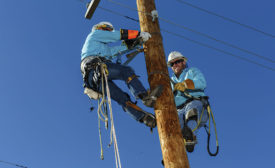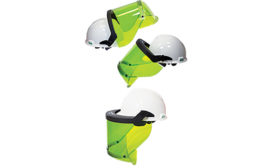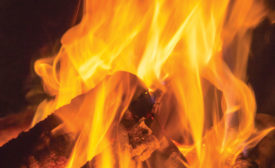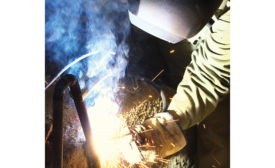Home » Arc flash
Articles Tagged with ''Arc flash''
Graphic Products releases Arc Flash PPE Quick Reference Guide
Easy-to-use chart reflects new NFPA 70E industry standards
August 11, 2015
Get our new eMagazine delivered to your inbox every month.
Stay in the know on the latest safety trends.
SUBSCRIBE TODAYCopyright ©2024. All Rights Reserved BNP Media.
Design, CMS, Hosting & Web Development :: ePublishing


